|
玉尺经 Yu CheJing or the Jade Ruler Classics was believed to be the last book written by YangGong. It comprises 3 volumes of scroll namely – ZaoWeiFu 造微赋, TianJiFu 天机赋, ZhuJiFu 逐 吉 赋. strangely, it was not included in DiLiBianZhen or Earth Study Discern Truth. For both SanHe and SanYuan schools, ZaoWeiFu 造微赋 summarizes the techniques of applying YangGong method. It is also very strange that HHC did not include this in his book – Water-water everywhere that is supposed to be a reference book for SanHe water method. YuCheJing or Jade Ruler Classic together with QingNanAoYou or Green Satchel Sacred Saying 青囊奥语 and TianYuJing or Heaven Jade Classics 天玉經, are the complete textbooks of the curriculum of YangGong method. Although GuanFengXiang 關鳳翔 claimed that it was written in gibberish as an “unintelligible language” due to the author’s intellectually handicapped for some Daoist sect, these texts are the fundamentals prescribing the techniques of ZhangShu or Burial Classics 葬經 authored by Qing WuZi 青烏子 instead of GuoPu 郭璞. Indeed it requires some form of commentaries by the respective school be it SanHe or SanYuan to give meanings to the text. Between believing in GuanFengXiang 關鳳翔 claims and seeing how these textbooks crossed the “tees” and dotted the “eyes”, I must confessed that it contains the most if not all, complete skill of YangGong method. I must also insist that one compared the versions as provided by both schools for throughout analysis. 玉尺经·造微赋 太极分两仪奠,二气布而顺逆行。 左阳右阴,龙行两路, 而阳顺阴逆,气本一原。 阴用阳朝,阳用阴应,相见协室家之义。 阳以蓄阴,阴以含阳,雌雄废交媾之情。(This phrase is absent in LiDingXin’s version) Translation: - [This phrase talks about YinYang principles] TaiQi distinct two slices settle. Two Qi spread forward and reverse move. Left Yang right Yin. Dragon moves both ways. With Yang forward, Yin reverse. Qi origins from single source. Yin use Yang concurred. Yang use Yin conformed. To meet is harmony as one family. Yang will grow Yin, Yin will harbor Yang. CiXiong discern copulate is sentimental. Commentaries: - The opening chapter already spelt that discerning YinYang is of paramount important before anything else. If you fail to discern YinYang 定阴阳, the subsequent steps are of no use. It states that Qi moves forward and reverse, dragon moves both ways and left Yang, right Yin so are Yang forward Yin reverse. The SanHe people uses such to establish structure 定局 while the SanYuan people uses such to arrange the dragon 排龍. Establish structure 定局 and arrange the dragon 排龍 are FengShui skills that must be taught by a legitimate school of FengShui. Qi origins from single source is to imply that it is important to locate the single Qi source. Failing so you will not able to define your Qi map -气图. SanYuan people will say Dragon Mountain Facing Water 龍山向水 while its SanHe counterparts will say Break Killing Acquire Water 破煞纳水 or Receiving Yin Pushing Sha 收山出煞. They can mean the same thing or absolutely different things. So, the classics deliberately specify: - Yin use Yang concurred, Yang use Yin conformed. To meet is harmony as one family. Yang will grow Yin, Yin will harbor Yang. CiXiong discern copulate is sentimental. Now, imagine if you cannot discern YinYang - how to Dragon Mountain Facing Water 龍山向水 or Eliminate Sha Acquire Water 消砂纳水? SanYuan uses this structure Dragon Mountain Facing Water 龍山向水 – which is Yin and which is Yang? SanHe uses the term Eliminate Sha Acquire Water 消砂纳水. The key word is in NaShui 纳水 or ride ShengQi. The question is how to ride ShengQi? Is the Dragon 龍 Yang and the Water 水 Yin or vice versa? Is SanYuan the total opposite of SanHe? As SanHe measures the “Solid” while SanYuan measures the “Emptiness”? Better still, this verse Receiving Yin Pushing Sha 收山出煞, that is a single liner in TianYuJing 天玉經, that says: - 天玉經 更有收山出煞訣,亦兼為汝說。 Translation: - And also the method of Receiving Yin Pushing Sha of which you have been told clearly. How clear can that be? That is why when CiXiong is discerned, copulate is sentimental…
BOOK REVIEW ON YANGGONG OLD METHOD - ENGLISH SOURCE
1 Comment
|
Archives
January 2022
Categories
All
|
- Home
- About
-
Practice
-
DYA + C
-
Consultant
-
Educator
- Author I am...
- Speaking Engagement >
- Attempting Law School
- Journey in USM(Arch) >
- Discourse in Studio 6 >
-
d:KON 4
>
- Actors >
-
Acts
>
- Portraiture
- A Slice of Space Time
- Box of Installation of Lights
- Radio Misreading
- Grid of Destinies
- Shelter
- Anatomy of Pain
- Tensigrity of Ego
- Of Prisons and Walls
- Forest of Nails
- Curtain of Fears
- Dissolution of the Ego
- If it's Ain't Broken it's Ain't Worth Mending
- Flight of Freedom
- Cross of Complexity and Contradiction
- interrogation
- Stage >
- Play
- Approach
- Galleria >
- External Critique >
- Philosophy
- Codes Regulations & Standards >
- Photo Essays
- Contact

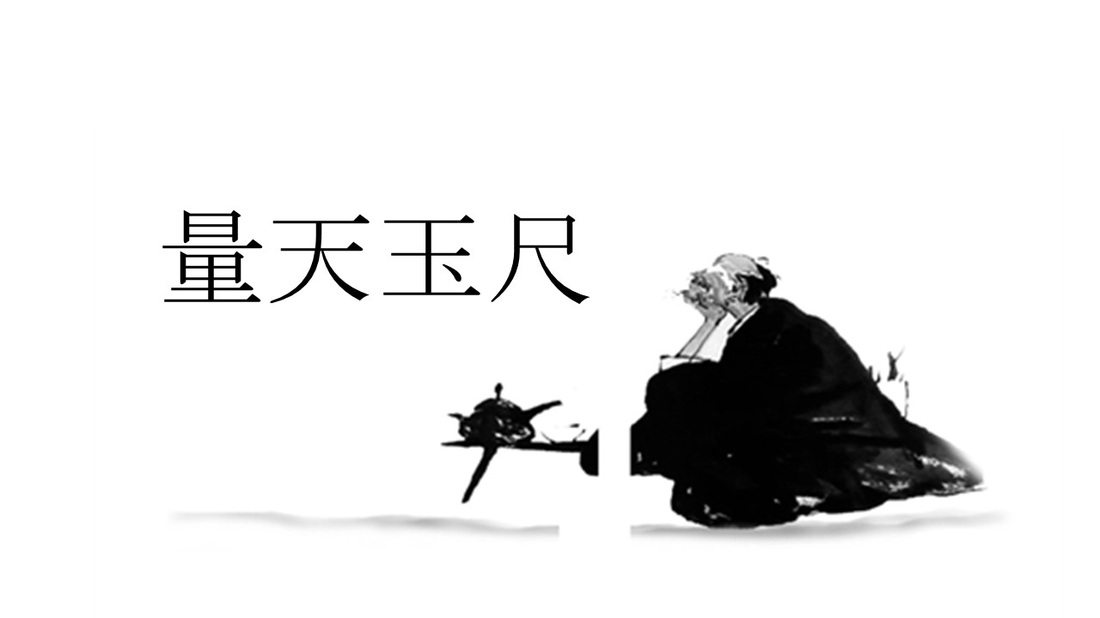
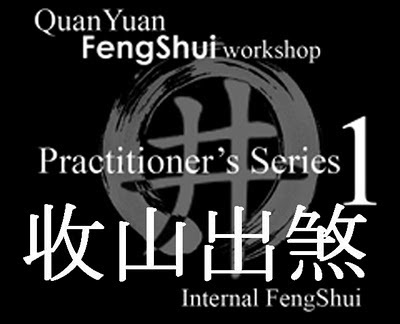
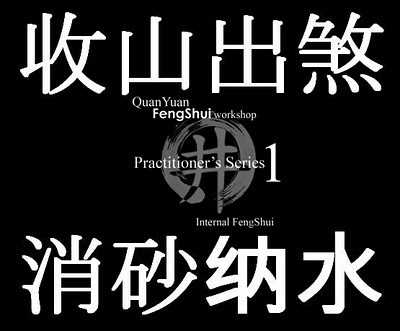
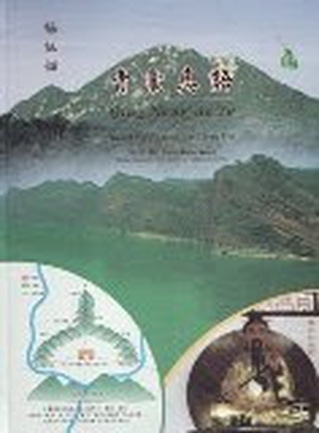
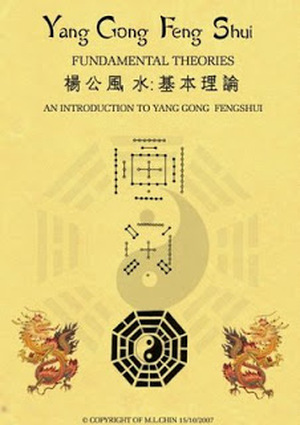

 RSS Feed
RSS Feed
